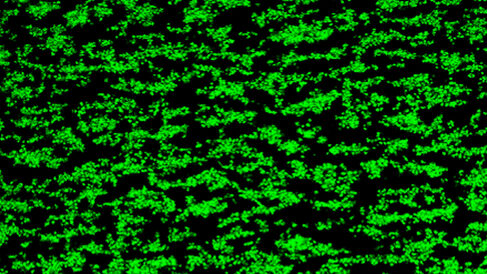
The Farndale Group have published a new paper in the journal Research and Practice in Thrombosis and Haemostasis.
The complications associated with cardiovascular disease are a major cause of morbidity and mortality in the Western world. In healthy blood vessels, blood cells and platelets circulate freely. In unhealthy blood vessels, fatty deposits (atheroma) can form that will grow in size. Large atheroma can restrict blood flow, leading to angina, and if left undetected they can ultimately burst. If the atheroma bursts, blood vessel wall components that are normally hidden are exposed to flowing blood. One of these vessel wall components, collagen, is adhesive to platelets. When platelets stick to collagen they activate and clump together to form a blood clot (thrombus) which blocks blood flow and can cause stroke, heart attacks and sudden death.
Platelets recognise and stick to collagen via specialised proteins on their surface (receptors), including α2β1, GPIb/V/IX and GPVI. These interactions serve to activate the platelet, allowing it to then stick to other platelets via the receptor αIIbβ3.
Researchers in the Farndale Group have been investigating the effects of a protein which builds up in unstable atheroma. This protein, matrix metalloproteinase (MMP)-13, is released into the nearby surroundings when an atheroma bursts. Howes et al. have discovered that this protein has anti-thrombotic effects on platelets through binding directly to two of the receptors on the platelet surface (GPVI and αIIbβ3). MMP-13 binding blocks these receptors and prevents platelets from sticking to collagen or to each other as strongly. This means that when MMP-13 is released into the blood, thrombi formed on collagen are smaller in volume and are less likely to block blood vessels.
The fact that MMP-13 potentially reduces the size of platelet thrombi in blood vessels is exciting as this means that the chances or severity of stroke and heart attacks may be reduced. The Farndale Group are now continuing to study this protein to find out more about how it interacts with vessel wall components.
